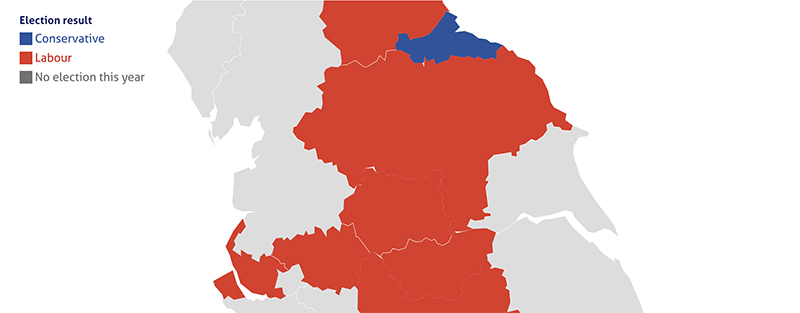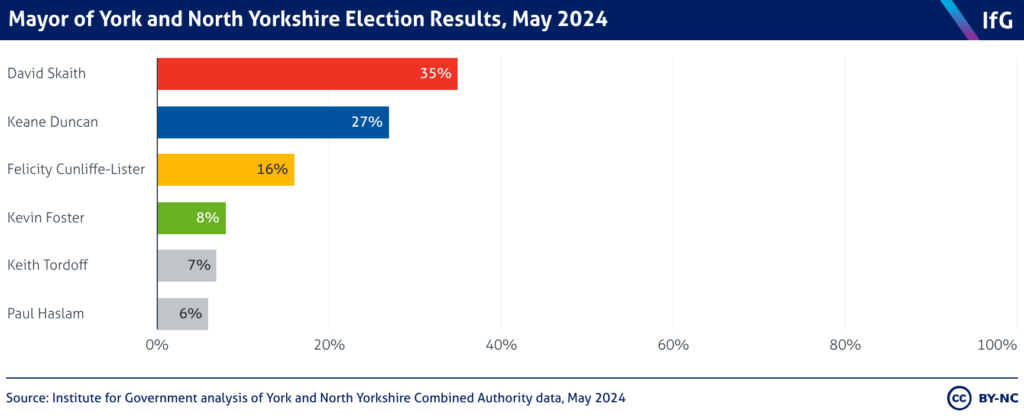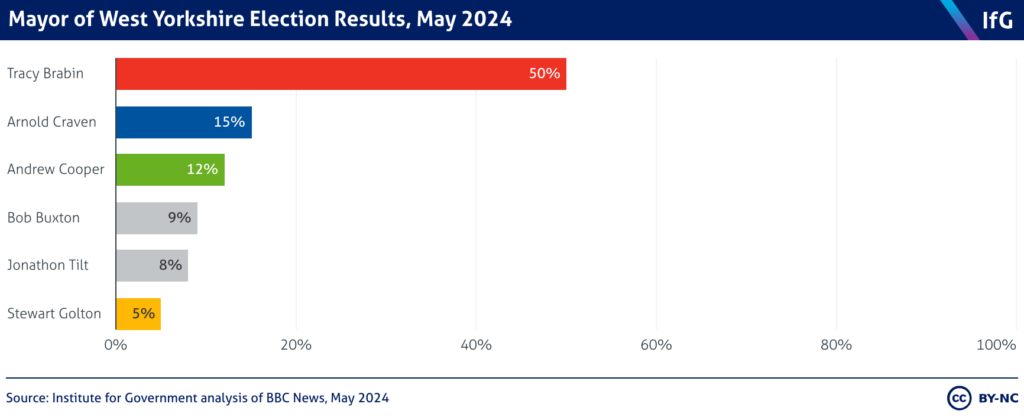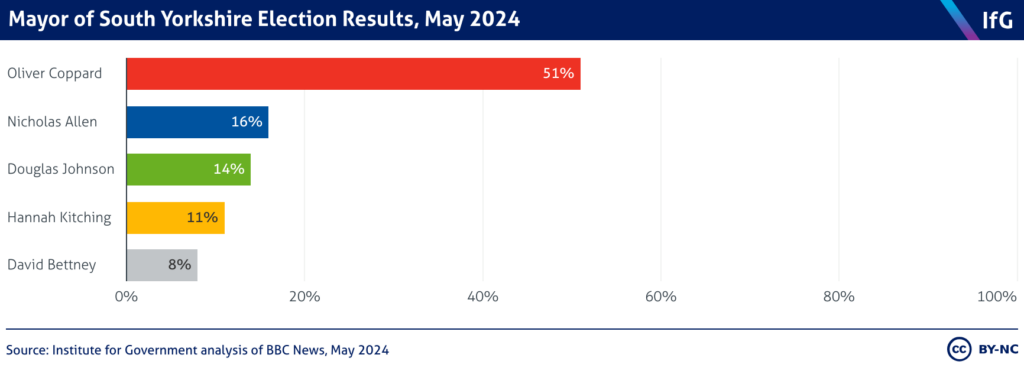With her wealth of experience in local government leadership, Kersten will help to convene academic-policy engagement networks and co-steer Y-PERN’s strategic direction more broadly.
The Yorkshire and Humber Policy Engagement and Research Network (Y-PERN) is changing how researchers and policymakers work together to develop inclusive, place-based policies across the region. It gathers all 12 universities and 18 local and combined authorities in Yorkshire and the Humber, supported by £6 million in Research England Development (RED) funding and institutional funding. Its flagship project YPIP (Yorkshire and Humber Policy Innovation Partnership) formally launched in February 2024 and is supported by £5 million from UKRI and ESRC.
Kersten England CBE will now join the Y-PERN Directorate and will be based with Yorkshire Universities (YU), which is a key partner organisation for Y-PERN and Y-PIP. Kersten already holds the position of co-director of YPIP.
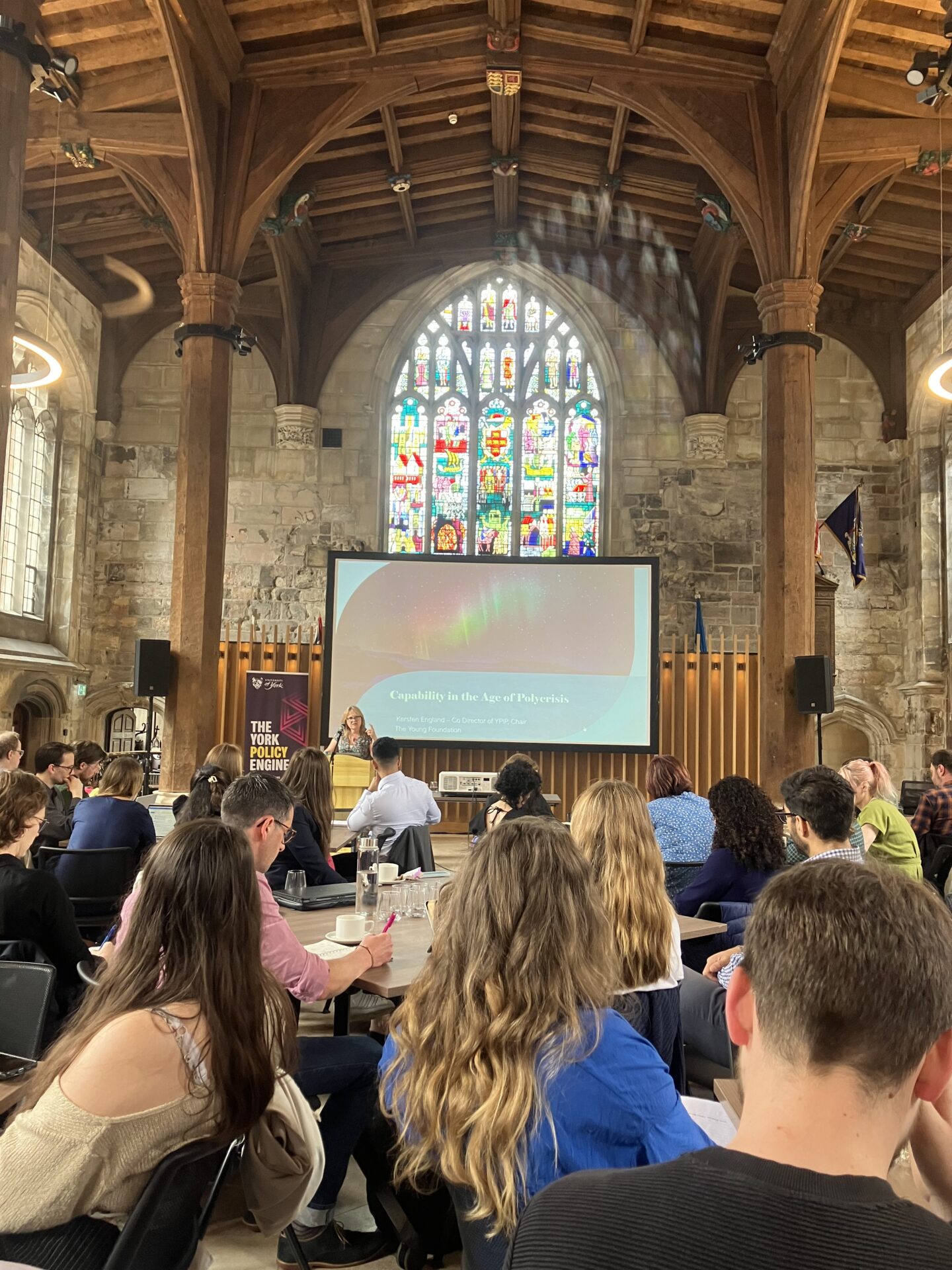
conference in York
Professor Andy Brown, Y-PERN Academic Director, comments: “Kersten joins Y-PERN at a particularly exciting juncture of the project as we accelerate activity around our growing number of academic-policy engagement networks. With her unique background and direct links to senior officers and leaders in Yorkshire and Humber, I’ve no doubt that Kersten will make an immensely valuable contribution to both YPIP and Y-PERN.”
Dr Peter O’Brien, Y-PERN Policy Director and YU Executive Director, said: “I am delighted that Kersten is joining the Y-PERN Directorate, given her pivotal role in developing the policy engagement infrastructure on which Y-PERN and Y-PIP are founded, as well as the insights and connections she brings to academic policy engagement.”
Professor Gary Dymski, Y-PERN Strategy Director, commented: “Our shared co-directorship of YPIP will permit a unified YPIP-Y-PERN approach to building more inclusive and sustainable communities across Yorkshire. Kersten’s eminence in regional policy and initiatives focused on addressing inequality ensures that our developing experiment in university-public-sector-community collaboration will be a template for the future of policy development in the nation as a whole.”
Kersten England CBE adds: “Y-PERN and YPIP represent a once-in-a-generation opportunity to drive a step-change in the way we collaborate and co-create innovative policy solutions that will have a real impact on the people of Yorkshire and Humber – and potentially even serve as a model for other parts of the country. I look forward to working with the wider team and seeing what we can achieve together.”
A wealth of experience
Kersten currently serves as Chair of Bradford 2025 (UK City of Culture) and Chair of the Young Foundation – having recently stepped down as Chief Executive of Bradford Council and Chair of Yorkshire & Humber Councils. She has over 30 years of experience in local government leadership across Kirklees, Calderdale and York.
As part of her role on Y-PERN’s Directorate, she will facilitate linkages between Y-PERN and Y-PIP initiatives and officers and elected representatives of local and combined authorities in the Yorkshire and Humber region. She will also help in convening the growing number of academic-policy engagement networks, including the region’s four National Institute for Health and Care Research Health Determinants Research Collaborations (HDRCs), which use research findings to understand how decisions impact on health and health inequalities.


